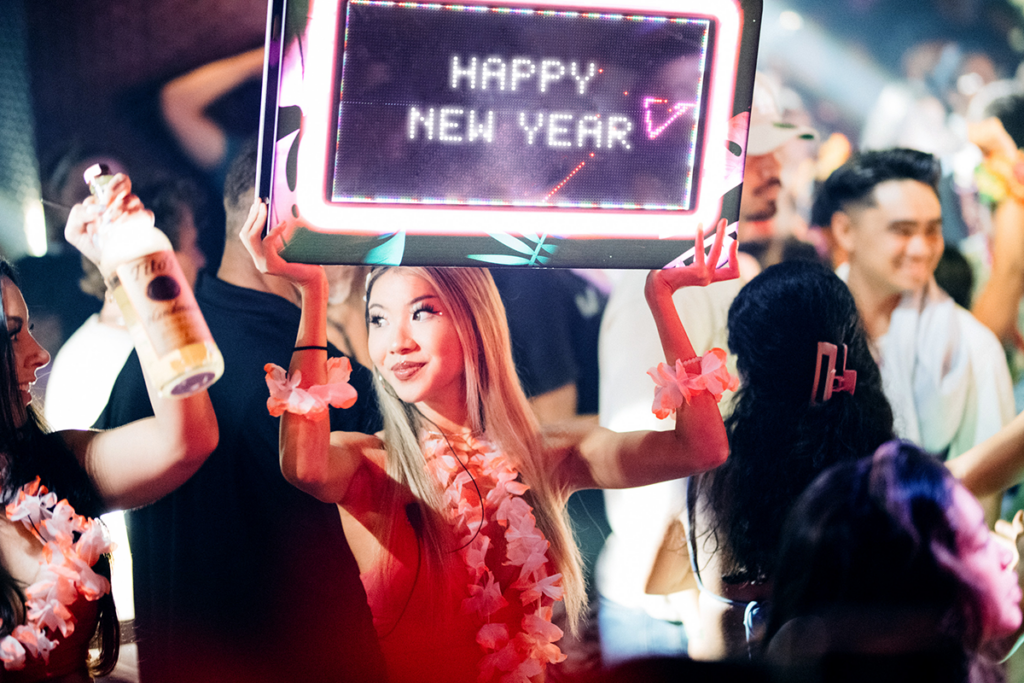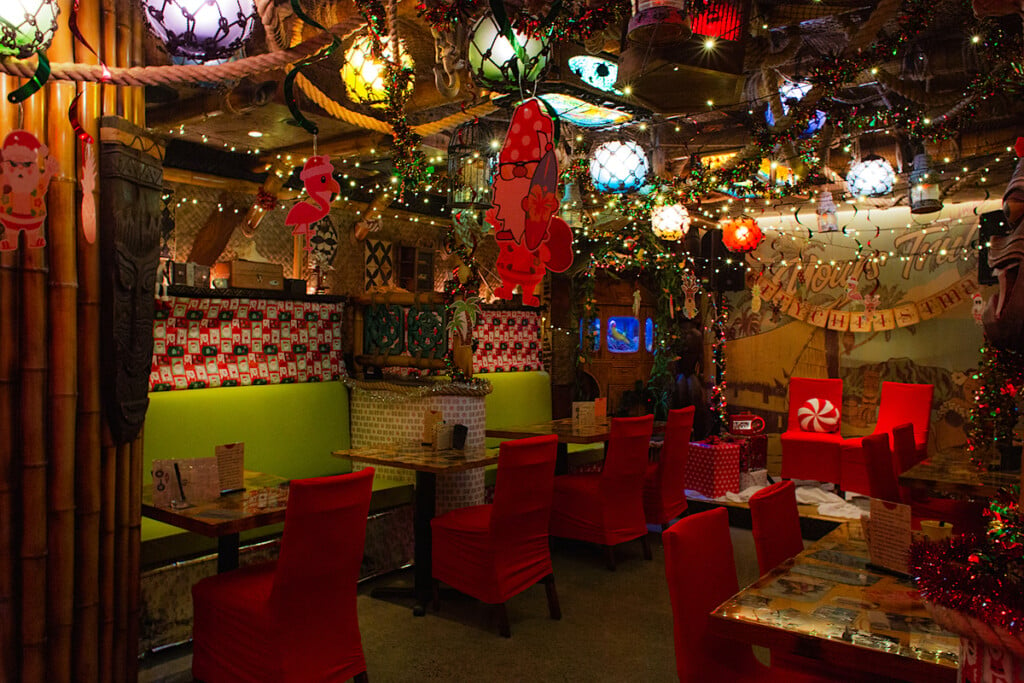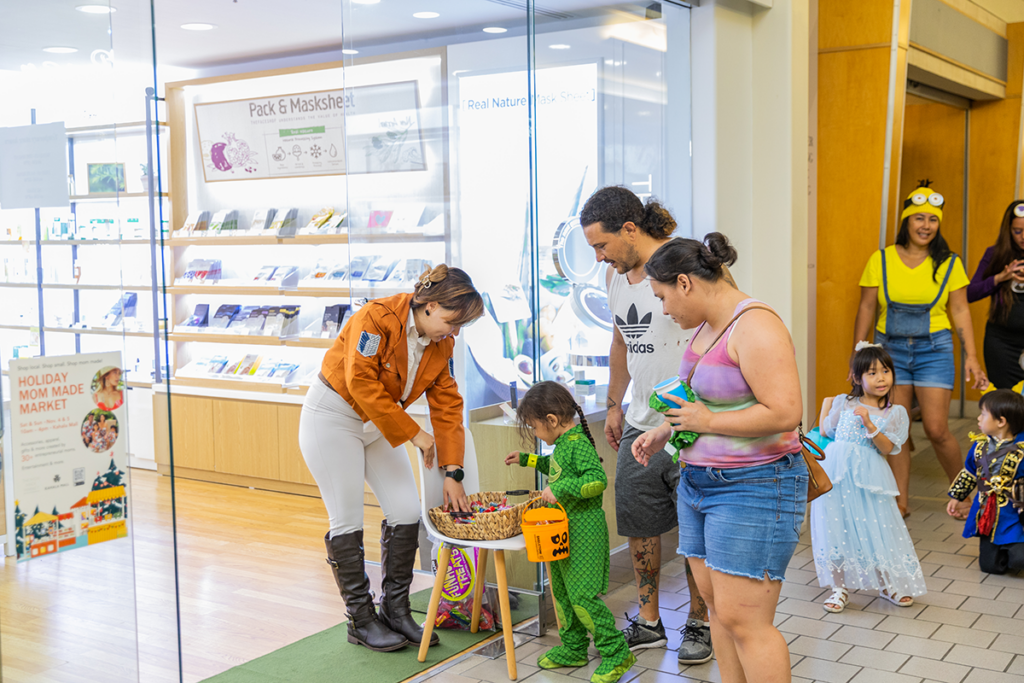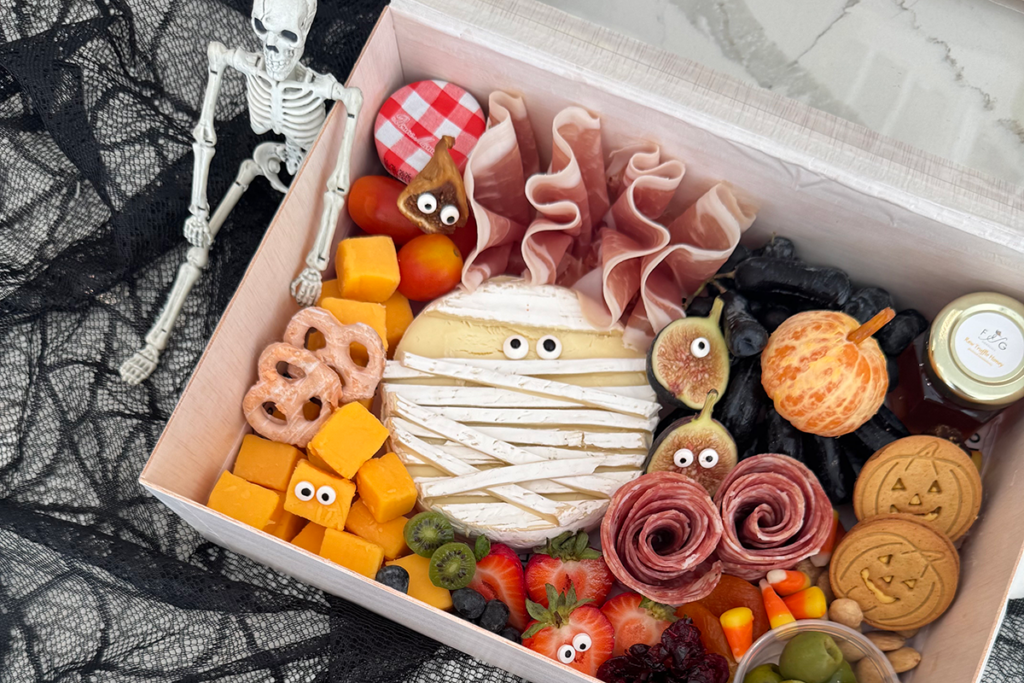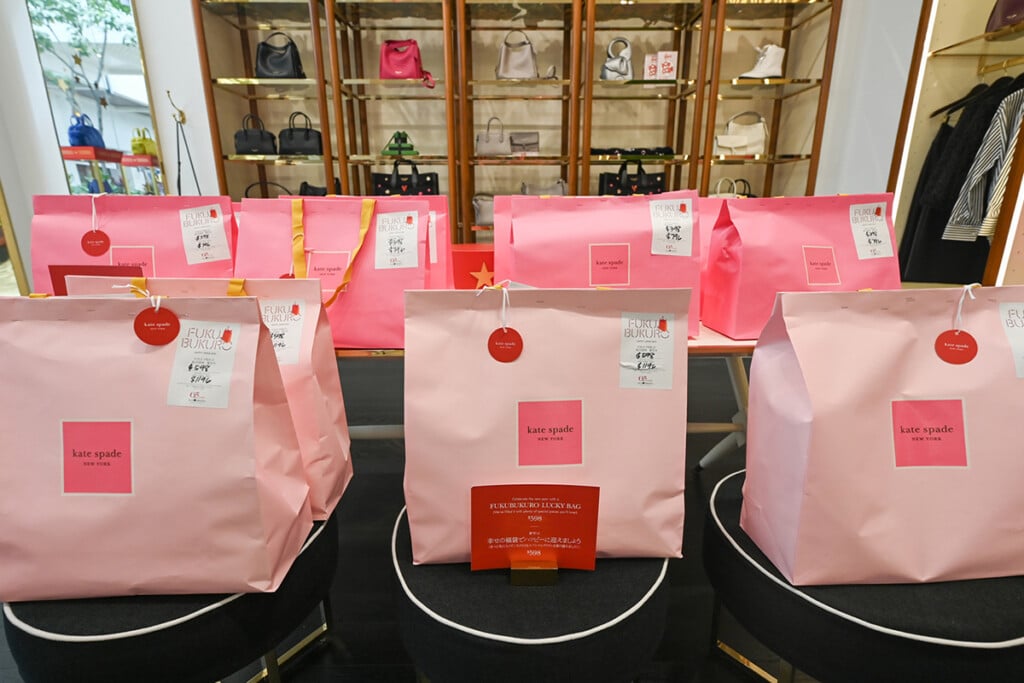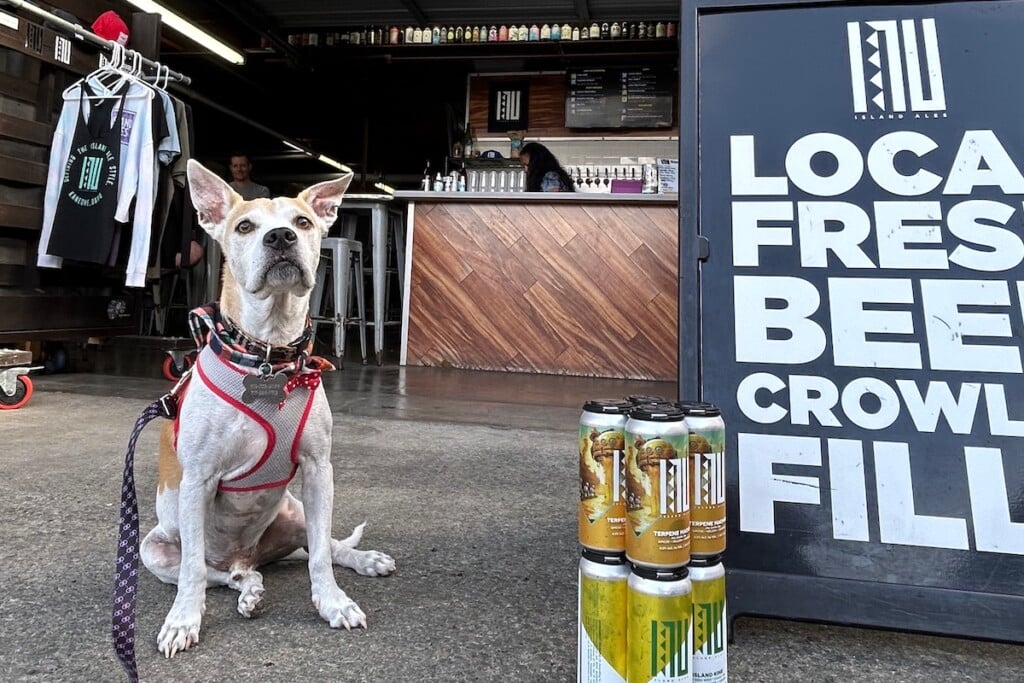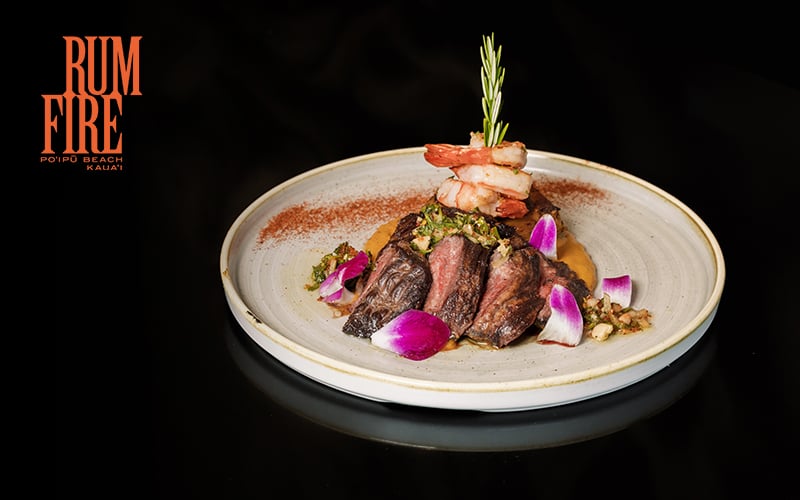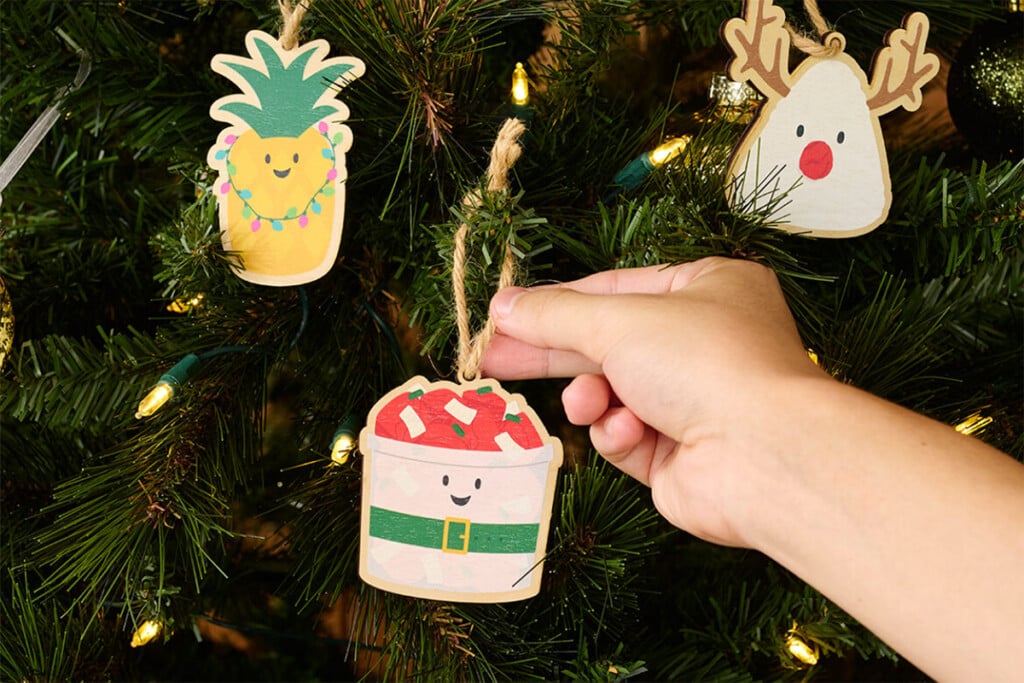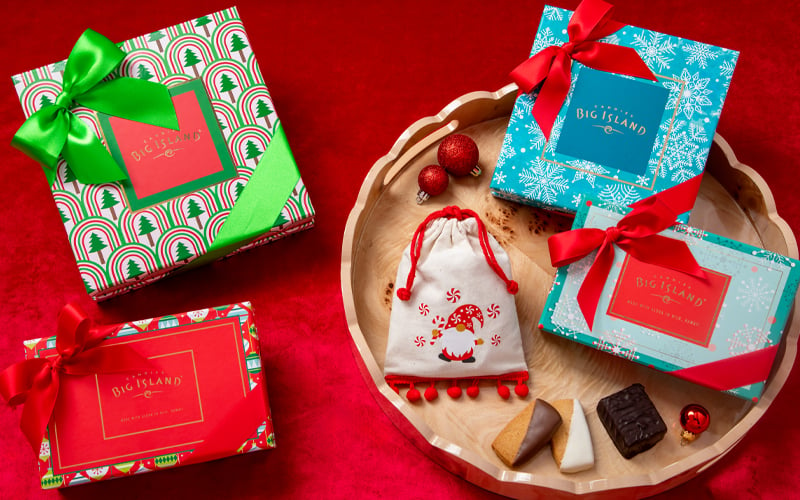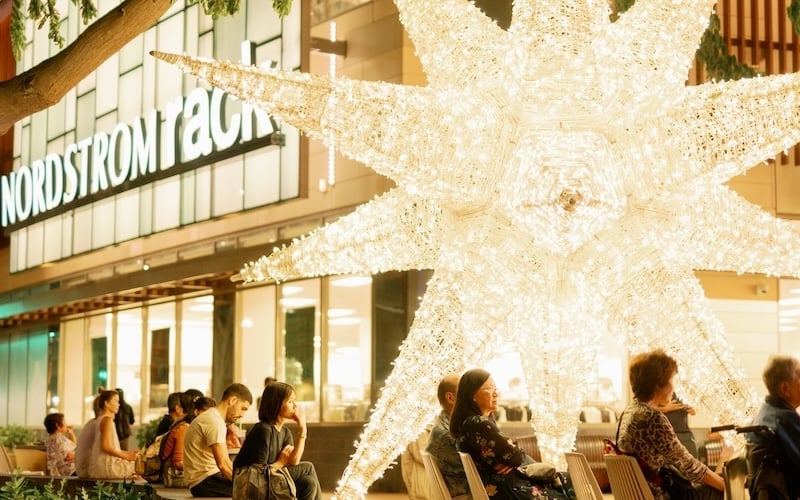A New Generation of Mixologists Is Raising the Bar for Craft Cocktails
Craft cocktails have gone mainstream in Honolulu. Meet some of the mixologists leading the charge.
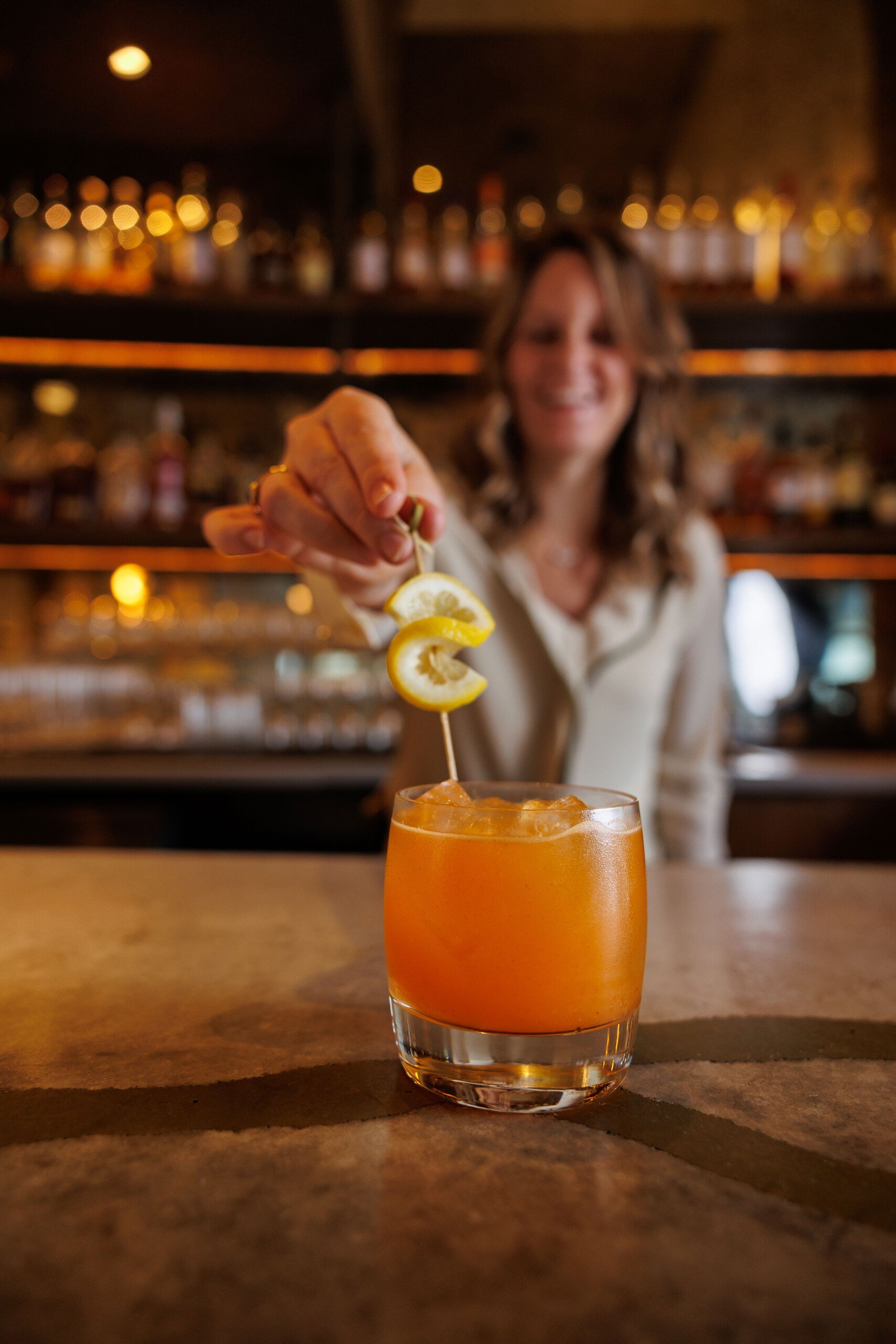
It used to be that to find a great cocktail in Honolulu, you had to first uncover a secret password or find an unmarked door. But cocktails have evolved since then. A lot.
With two recent James Beard recognitions, Honolulu’s cocktail scene is on the national stage. But the story is not only about elite bars. It’s about how the ethos of craft cocktails has trickled down to pretty much everywhere.
Today, whether you’re at a supermarket bar, a hot new eatery or a James Beard Award-winning restaurant, a new generation of bar leaders is showing that a great cocktail is no longer the exception. It’s the expectation.
Honolulu’s mixology movement started about 20 years ago, mostly in Chinatown among scenesters and in Waikīkī hotel restaurants with well-funded backbars and mixologists who would emerge as leaders of the cocktail community. As part of a sub-culture in isolated places across the nation, bar people began swapping out artificial flavors and honing common practices to make great drinks. They used real lemon juice instead of fructose-filled sweet and sour mix. Natural ingredients like real melon replaced mass-produced neon green liqueur options. Colder, denser, larger styles of ice with slower melting times made for better drinks with more texture and less dilution.
These days, demand for craft cocktails now often gives them equal footing with wine. In 2024, 1 in 4 alcoholic beverages sold in restaurants and bars was a cocktail, and 35% of bar and restaurant customers nationally drink cocktails, according to market researcher Nielsen IQ.
“We’ve so comfortably come to call it ‘craft,’ and it really is a craft, and there are true experts in it,” says Dusty Grable, a longtime restaurateur whose Lovers + Fighters group owns Little Plum and Lady Elaine in Mānoa. “When it does become a little more acceptable and mainstream, you touch more people with it and you inspire more young people about it.”
Now, a new generation of bar leaders is adding their mark. They combine tradition, hospitality and craft to serve up bespoke beverages for diverse settings and drinkers, evidence of how far the culture has matured beyond what’s in the glass.
Meet some of the people leading the conversation.
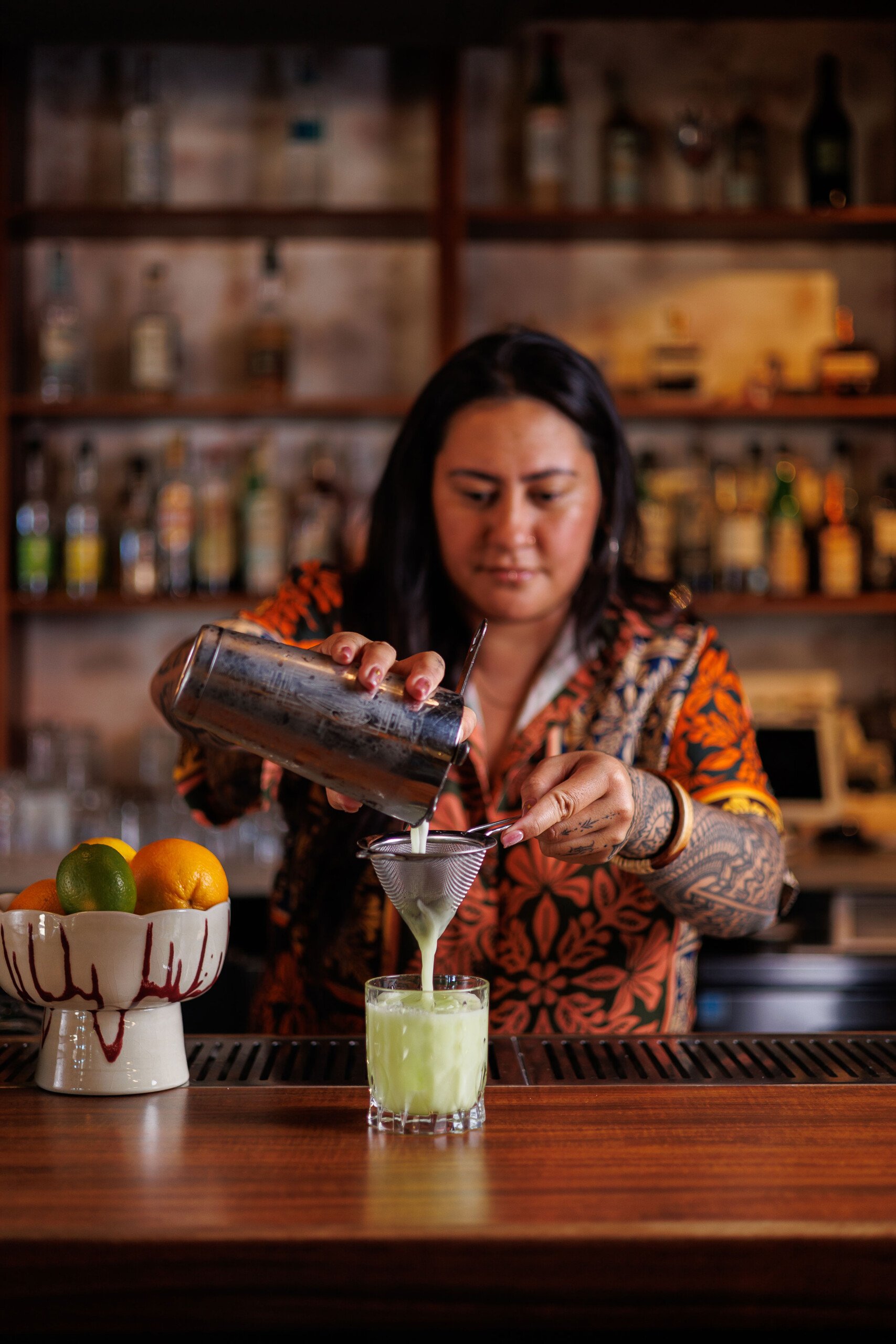
Approachable, Nostalgic Flair
Ku‘ulei Akuna, an owner and director of bar operations at Little Plum and Lady Elaine, has a saying: There’s a drink on the menu for every guest, but not every drink on the menu will be for every guest.
Like food, drinks can be deeply personal with a strong point of view. And that’s what makes them successful. So Akuna keeps the approach relatable at Little Plum: Cut through the confusion of esoteric ingredients by featuring local flavors that people love.
“When I first started bartending, I was introduced to a lot of things I didn’t understand and didn’t even know existed. It made me uncomfortable and afraid to order cocktails,” Akuna says. “So the goal when we opened Little Plum was to offer a high caliber of cocktail, but with an approachable, nostalgic flair to everything so that it was easier for people to understand.”
Take the Jolly Rojah, a fun and foamy bright-green explosion in a rocks glass. Akuna whips together a Green River soda reduction with gin, egg white and rye. Or the Breakfast of Champions cocktail of rye infused with nostalgic Corn Pops cereal and adorned with a large senbei medallion. Each recognizable flavor fits easily into the larger theme of nostalgia. Such fondness for the past is trending across the country, but Little Plum brings it home with hyper specificity to Mānoa’s long-established neighborhoods.
“We wanted to bring it back and remember the restaurants that we grew up eating in,” Akuna says. “We wanted to open a restaurant and bar we wanted to eat in ourselves.”
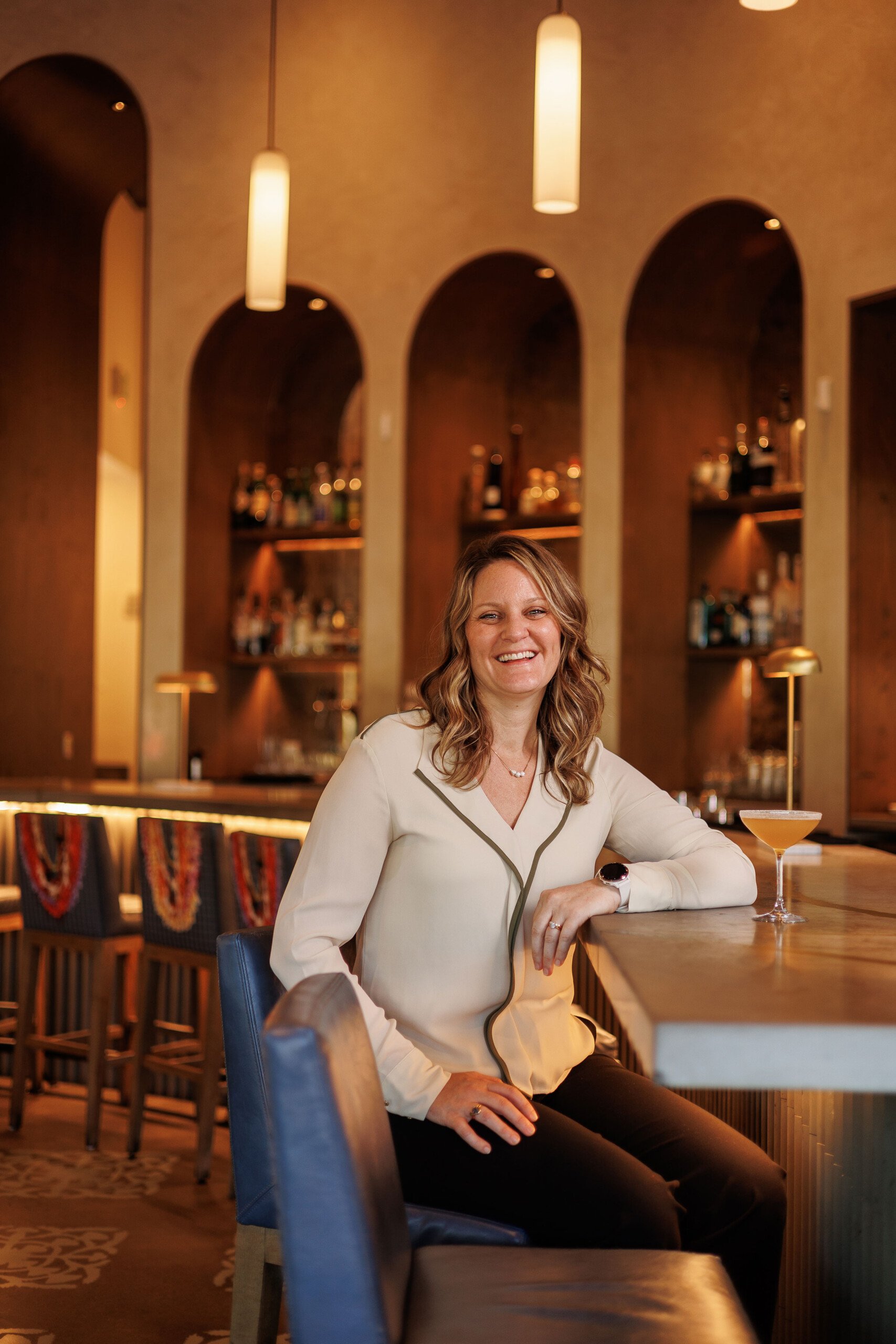
A Cocktail for Every Context
If you’ve had a cocktail in Honolulu, there’s a high chance you’ve encountered Hailey Berkey’s work. As the corporate beverage manager of Foodland bars and restaurants, Berkey is the architect for how a huge swath of O‘ahu drinks. Her portfolio is staggering, spanning more than a dozen locations from the casual Pau Hana Bar in Pearl City to the upscale Et Al in Kāhala and Eleven at Ala Moana Center. She also steers beverage operations for the Wayfinder Waikīkī hotel, overseeing Redfish, its Foodland-owned restaurant, and its rooftop pool bar.
Berkey also co-owns one of the state’s two major large clear ice companies. On the Rock creates perfectly clear 300-pound blocks of sculpture ice and saws them down to perfect cubes, which it sells to bars and hotels for cocktails.
In a word, there’s a lot on her plate (or in her glass). Berkey’s work mirrors the diversity and interest in cocktails and mocktails across demographics: aunties and uncles who like to drink in a Cheers-like environment in Pearl City. Tourists looking for poolside libations in Waikīkī. The post-dinner crowd in Kaka‘ako heading for cocktails at Eleven, only steps away from the pau hana crew drinking wine and mimosas at Foodland’s R. Field bar, which Berkey also oversees.
To connect with their tastes, she focuses on communities as opposed to a one-size-fits-all approach. At Eleven, there’s an upscale Jan Ken Po cocktail with mezcal, artichoke leaf Italian liqueur, Okinawan black sugar and miso syrup, crowned with yuzu ginger foam. At Pau Hana Bar, there’s a Diamond Spritz with Aperol, mango and Diamond Head strawberry soda. And at the Waikīkī poolside bar, a happy hour with fresh fruit slush and POG mimosas.
“I try not to create drinks just for myself,” Berkey says. “Our regulars tell us. The community gives us feedback. Sometimes, you put things out there and then you adapt to try to make sure people are receptive.”
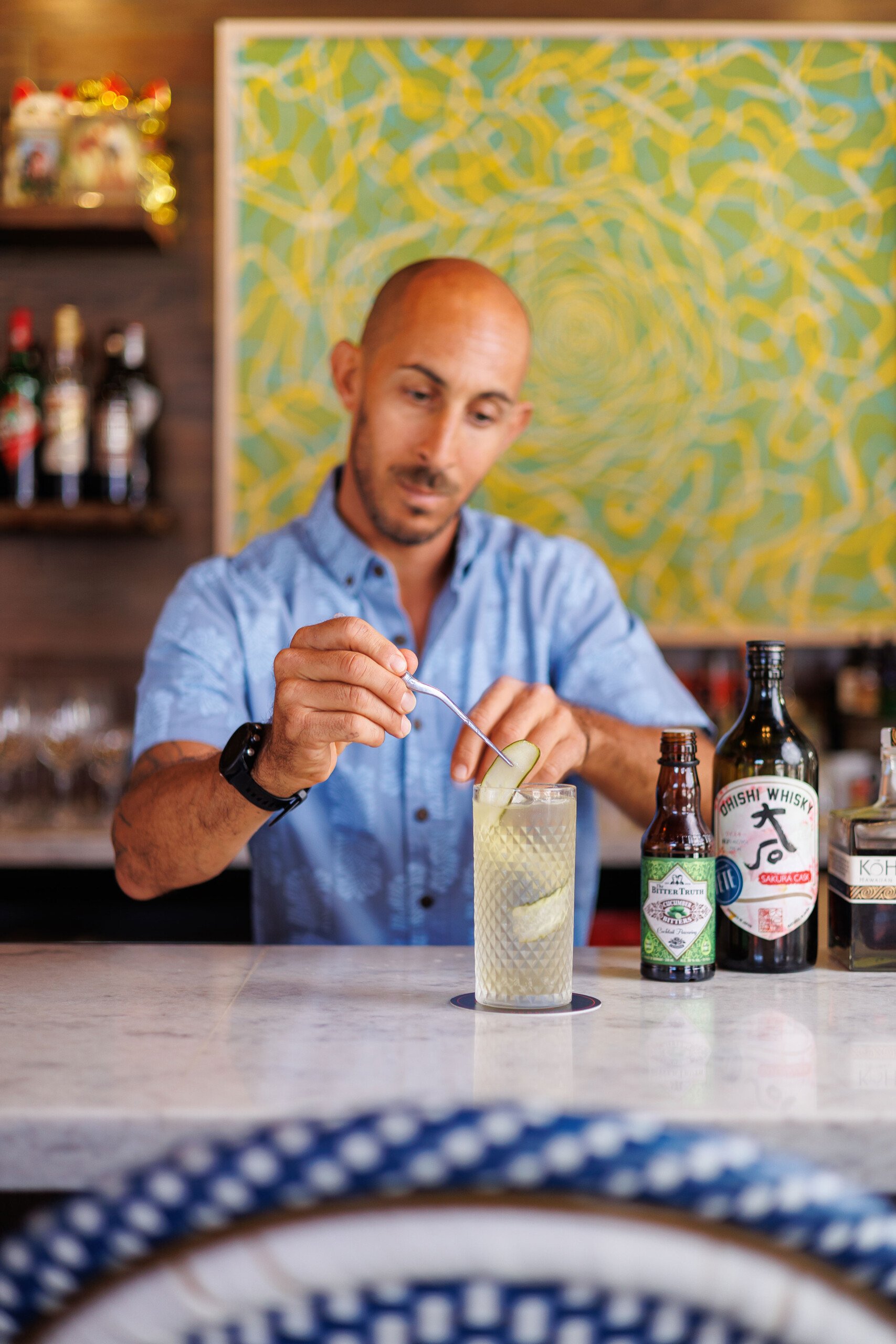
Let the Ingredients Sing
Stand at the bar at Fête on a busy Friday night, and you won’t see a showman. You’ll see Fabrice McCarthy, a welcoming, focused bartender. His movements are free-flowing and economical—clinking ice into a mixing glass, swiftly adding a fragrant peel of lemon, giving a calculated stir that chills a drink to ideal temperature. As the bar maestro at the James Beard Award-winning restaurant, McCarthy brings a philosophy honed from his days working in Paris’ natural wine scene: Let the ingredients do the talking.
Like the third-wave coffee movement, natural wines—also known as low-intervention wines—focus on carefully selected ingredients and, with minimal manipulation, letting those ingredients sing for themselves. Growers use biodynamic approaches to cultivate high-quality grapes, and winemakers use ancient methods to showcase them.
At Fête, McCarthy uses a similar approach with cocktails. His rotating seasonal menu spotlights ingredients from local purveyors to create drinks that taste like the best versions of those ingredients.
“When it comes to cocktails for us, respecting the ingredient means that the cocktail tastes like what you are trying to work with,” McCarthy says. “If you’re trying to make a plum cocktail, you’ve got to be sure it tastes like plum. Otherwise, you’re just using a plum ingredient that’s getting lost and buried under everything else.”
His Sunomono Highball, for instance, celebrates the popular cold Japanese dish, showing off cucumber in an icy, refreshing, bubbly drink. Ohishi Japanese whisky from a house barrel is infused with the star ingredient and ginger, then the cocktail is adorned with a pickled cucumber ribbon. Another drink, The Granny Smiths, features a savory French apple brandy with a house-made syrup of apple, fennel and parsley alongside other complementary notes like celery and anise.
“If it doesn’t have that backbone of what its DNA is supposed to be,” McCarthy says, “then it maybe needs to be something else.”
Tipping Points
People and moments that made craft cocktails in Hawai‘i.
In April, the James Beard Foundation named Pint + Jigger’s Dave Newman a finalist for its Outstanding Professional in Cocktail Service award. Two years prior, Bar Leather Apron won the foundation’s Outstanding Bar award. As national recognitions, these were clear shakas reflecting Hawai‘i’s rise in the national cocktail scene.
How did we get here? Who were the leaders who elevated our tastes from Long Island Iced Teas and syrupy Cosmos? Who inspired the current generation? Here are some of the milestones.
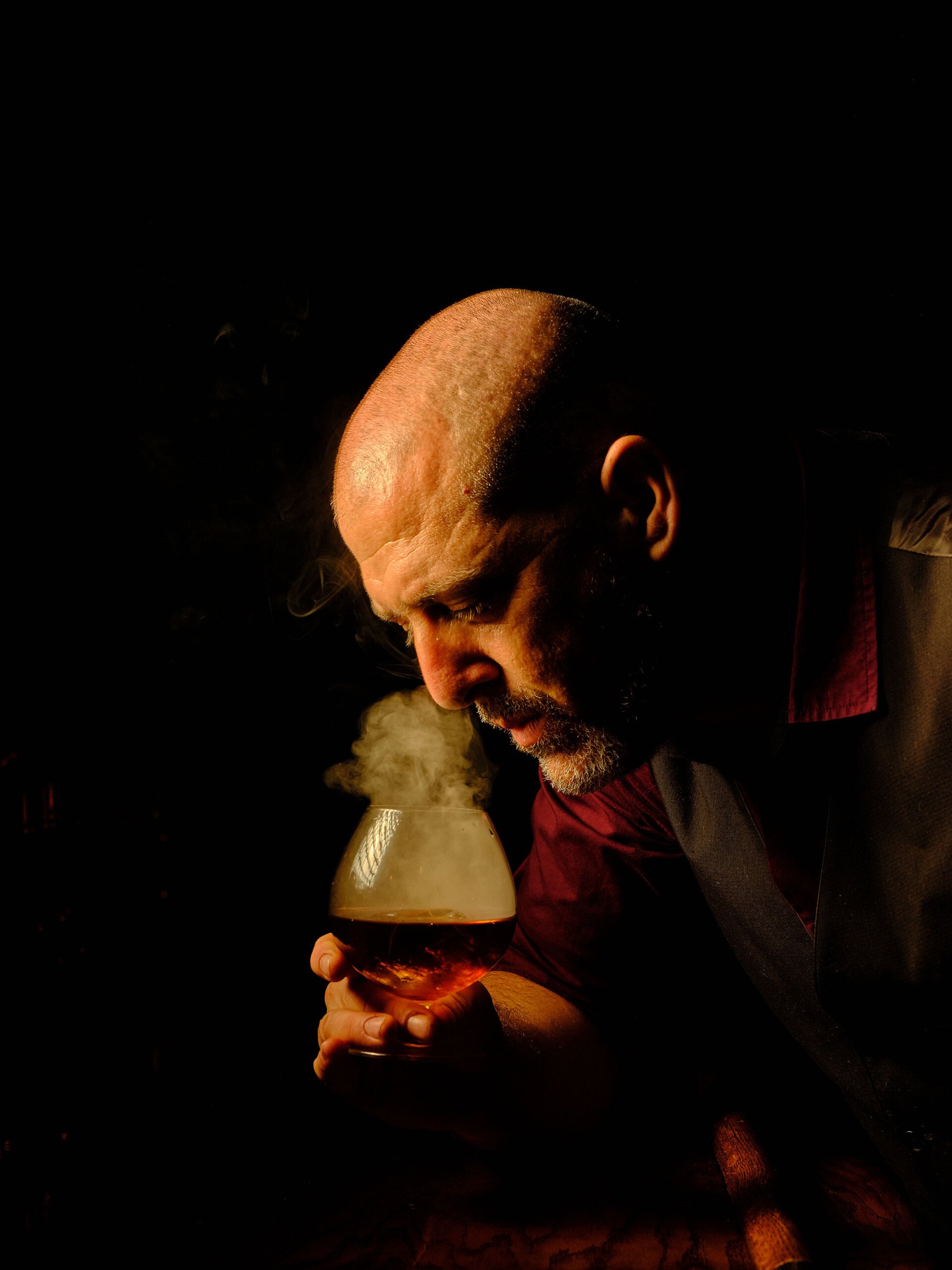
2005 Dale DeGroff flies in. Known as King Cocktail for his fresh ingredients and mixology at the globally influential Rainbow Room in New York City, DeGroff takes over Halekūlani’s beverage programs, with a special focus on Lewers Lounge. He helps organize Art of the Cocktail, a 2010 weekend event that brings in world-renowned and local mixologists for education and training, including cocktail pioneer Julie Reiner from New York (but who grew up on O‘ahu), Tony Abou-Ganim (aka “The Modern Mixologist”) from Las Vegas, and Chandra Lam Lucariello of Honolulu. With others, they continue an ongoing conversation through the Hawai‘i Food & Wine Festival, which begins in 2011.
2005 Town opens in Kaimukī. Known for its farm-to-table menu, Ed Kenney’s (now shuttered) first restaurant is also a lightning rod for cocktails. Influential bar leads such as Dave Powers and Kyle Reutner bring classic cocktail sensibilities and a spotlight on fresh local ingredients that’s uncommon in Hawai‘i at the time. Reutner goes on to lead the cocktail program at The Pig & The Lady and is now the general manager of Kō Hana agricole rum, which is made from heirloom Hawaiian sugar cane.
2007 Dave Newman begins bartending at Nobu Waikīkī. Newman spotlights well-made classic drinks and fresh ingredients. From 2008 to 2012, his Industry Sundays draw bar and restaurant professionals to the burgeoning craft approach. In 2012, Newman opens Pint + Jigger in Mō‘ili‘ili. Now tucked in the Ala Moana Hotel, it’s still one of the city’s main destinations for well-made cocktails and a training ground for aspiring bartenders, including Ku‘ulei Akuna (Little Plum, Lady Elaine), Arielle Hafen (Brick Fire Tavern) and Justin D’Olier (Kō Hana and San Francisco Future Bars).
2009 Christian Self opens Thirtyninehotel. At the height of First Fridays, Self opens one of Honolulu’s first craft cocktail bars. Its now-closed Hotel Street locale contributes to Chinatown’s era as a nexus of the budding scene. In 2010, Self wins the prestigious World’s Best Mai Tai competition, hosted that year by Bacardi.
2012 Dusty Grable opens Lucky Belly. Though a ramen shop, Lucky Belly gains repute as one of the best places for craft cocktails. Grable later launches distinct craft cocktail programs at other restaurants, including Livestock Tavern, Tchin Tchin, Little Plum, Lady Elaine, Merriman’s Honolulu, La Vie and Wild Orange.
2012 Justin Park starts bartending at Manifest. By night, Manifest at the time pulsates with flashing lights and DJ bass. During the day, it draws students for coffee and studying. And for a sliver of the early evening, Park serves up some of the city’s best craft cocktails. Closely tracking parts of the New York cocktail culture, Park makes renditions of modern classics, often drawing on his personal liquor library. He wins the World’s Best Mai Tai contests in 2012, 2015 and 2018. In 2015, Park opens Bar Leather Apron; in 2023, it wins Hawai‘i’s first national James Beard Award.
2015 Craft cocktail goes ultra. Jen Ackrill’s arrival from San Francisco brings craft to trendy rooftop bar Sky Waikīkī. Ackrill creates bar programs at Hau Tree, Vintage Books and other restaurants; and like Newman and other leaders, mentors aspiring bartenders.
2017 Craft beer embraces cocktails. Craft beer and cocktails usually draw separate devotees, but they come together when Aloha Beer Co. in Kaka‘ako opens an upstairs speakeasy (since switched to a private party venue). In 2019, Hana Koa Brewing follows suit with its own upstairs cocktail lounge.
2021 Groceries, meet high-end cocktails. The state’s largest supermarket chain debuts Eleven, a craft cocktail and whiskey lounge inside Foodland Farms Ala Moana. Two years earlier, Foodland introduced cocktails at the neighborhood-friendly Pau Hana Bar inside Foodland Farms Pearl City.
2021 Cocktails become high-end pairings. Bar Maze’s cocktail-paired tasting menus bring together the food of Ki Chung, trained in a Michelin-starred kitchen, with mixology by Justin Park of Bar Leather Apron.
14 Places to Get a Good Cocktail
Bar Leather Apron
Brick Fire Tavern
Et Al
EP Bar
Giovedì
Green Lady Cocktail Room
Koko Head Café
Lady Elaine
(808) 888-3030
Pint + Jigger
Pre Storage
Sera
Skull & Crown
Talk Kaimukī
Vintage Books
